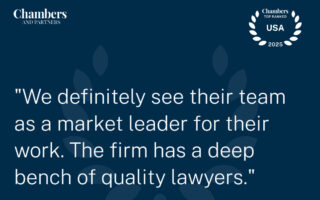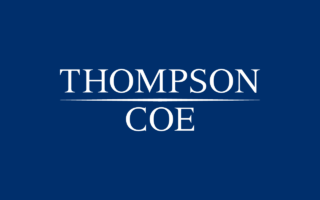Texas Supreme Court Weighs in on Business Pursuits Exclusion in Homeowner Policies
Oct 15, 2005
On March 11, 2005, the Texas Supreme Court issued an opinion in Allstate Insurance Company v. Ruth Hallman, 159 SW3d 640 (Tex. March 11, 2005). Though the issue of what constitutes an occurrence, as well as the applicability of the exclusion of business pursuits under the standard personal homeowner policy went up on appeal, the Court only addressed the applicability of the business pursuits exclusion. The Supreme Court upheld the applicability of the business pursuits exclusion in this case and determined that there was no coverage and thus no duty to defend Ms. Hallman with regard to the lawsuit brought by the neighboring properties.
Ms. Hallman entered into a lease in 1995 to permit limestone mining on her property in Kaufman County, Texas. The lease was a continuous lease which was purchased and then assigned to different mining companies. In 1996,Ms. Hallman along with the mining companies was sued by neighboring property owners who sought both personal injury damages as well as property damages. Allstate filed a declaratory judgment action to determine its obligations under the policy at issue. Ms. Hallman filed a counterclaim seeking a declaration of both the duty to defend and the duty to indemnify. The trial court granted Allstate’s Motion for Summary Judgment on both issues. The Dallas Court of Appeals reversed the trial court finding both a duty to defend and a potential duty to indemnify. Allstate petitioned the Texas Supreme Court for review which was granted.
While the appeal was pending, the underlying matter went to judgment. Ms. Hallman was awarded a take nothing judgment on all claims against her. The petition went forward in this matter due to the fact that the appellate court had reversed and remanded to the trial court a decision regarding the amount of attorney’s fees that Ms. Hallman sought to recover. It was in this light that the Texas Supreme Court heard oral arguments on the matter and determined there was no duty to defend.
The Texas Supreme Court applied the standards set forth in United Services Automobile Association v. Pennington, 810 SW2d 777 (Tex. App. — San Antonio, 1991, writ denied). The USAA v. Pennington case set forth a two prong test to determine if an activity fell within the business pursuits exclusion. The Court must consider “(1) the continuity or regularity of the activity and (2) the existence of a profit motive, usually as a means of livelihood, gainful employment, earning a living, procuring subsistence or financial gain, a commercial transaction or engagement.” Id. at 780.
The Texas Supreme Court held that the Court of Appeals had misconstrued the Pennington standard. In particular, the Supreme Court stated, “by narrowly limiting its focus to Hallman’s initial execution of the lease, the Court of Appeals misconstrued the nature of commercial leasing activity. The petition alleged that the mining activity conducted on Hallman’s property, pursuant to the lease, began in 1995, was ongoing at the time the Plaintiffs initiated their suit in 1996, and remained ongoing at the time the Plaintiffs filed their sixth amended petition in 2001.
Although Hallman executed only one lease, until that lease expires, she is perpetually engaged in the continuous act of leasing her property to the mining company. Thus the limestone mining lease meets the continuity requirement of the business pursuits exclusion.”
The Texas Supreme Court went on to conclude that “a profit motive could be inferred from the nature of the activity. One generally does not allow limestone mining with dynamite blasting to occur on his or her property without some expectation of remuneration or monetary gain.” The Court held that the limestone mining lease at issue was exactly the type of commercial enterprise that the business pursuits provision was designed to exclude. “We hold that Hallman’s lease to Norton constituted a business pursuit and therefore the allegations in the underlying litigation are excluded from coverage under the policy.”
Thus, in the future, assuming the facts are present to meet the two elements of a business pursuits exclusion of the Texas homeowner policies, such endeavors should be excluded from coverage.







